Home>Garden Essentials>Garden Plants>What To Do With Too Much Thyme
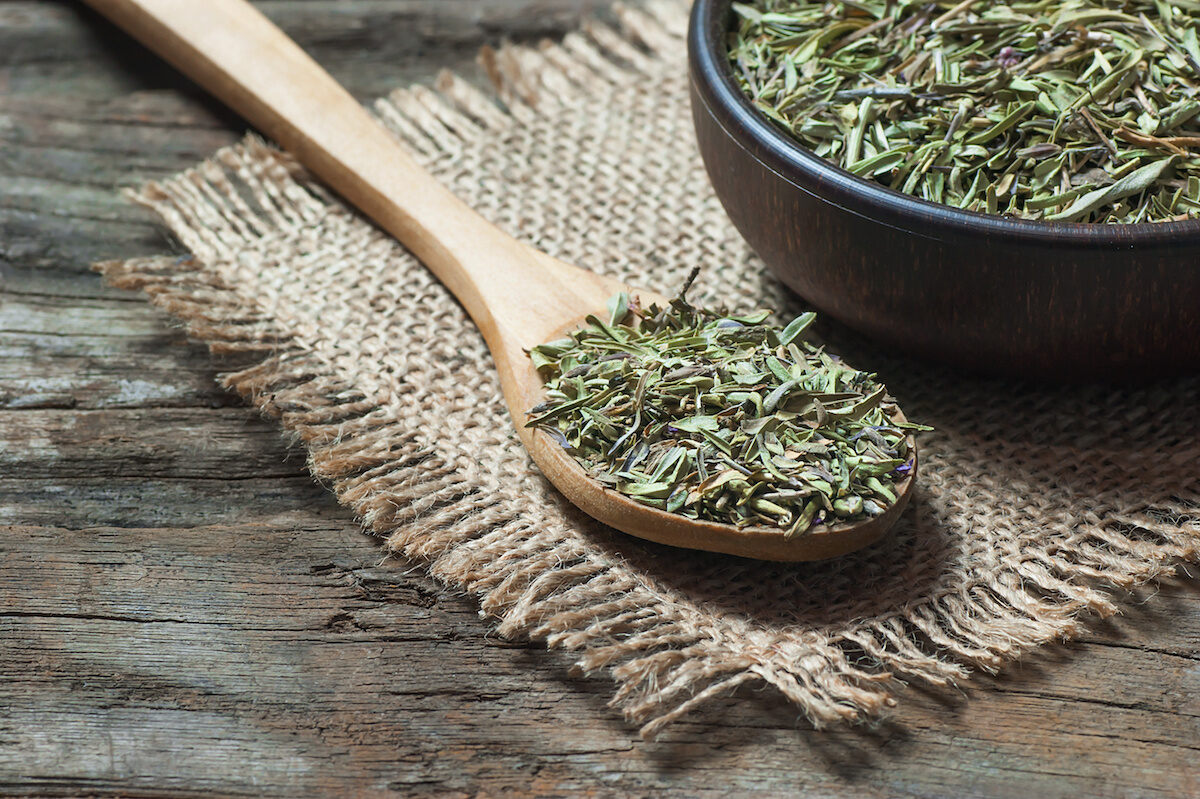

Garden Plants
What To Do With Too Much Thyme
Modified: October 20, 2024
Discover creative uses for excess thyme in your garden! Whether you prefer drying, preserving, or cooking, transform your surplus plants into delightful dishes and natural remedies.
(Many of the links in this article redirect to a specific reviewed product. Your purchase of these products through affiliate links helps to generate commission for Storables.com, at no extra cost. Learn more)
Introduction
Thyme is a versatile and aromatic herb that has been used for centuries for its culinary, medicinal, and decorative properties. Its distinctive fragrance and flavor make it a popular ingredient in a wide range of dishes, while its therapeutic benefits make it a staple in natural remedies and beauty products. However, if you find yourself with an abundance of thyme and unsure what to do with it all, fear not! In this article, we will explore various ways to make the most out of your excess thyme and discover new and exciting uses for this remarkable herb.
Key Takeaways:
- Embrace the Versatility of Thyme
Discover the myriad uses of thyme, from culinary delights to natural remedies, beauty products, and creative crafts. Let your imagination run wild with this remarkable herb! - Thyme: More Than Just a Herb
Explore the diverse world of thyme, from its health benefits and culinary uses to natural remedies, beauty products, natural cleaning solutions, and creative crafts.
The Benefits of Thyme
Thyme is more than just a flavorful herb; it is also packed with numerous health benefits. Rich in vitamins, minerals, and antioxidants, thyme can provide a boost to your immune system and contribute to overall well-being. Here are some of the key benefits of incorporating thyme into your daily routine:
- Antioxidant Powerhouse: Thyme contains high levels of antioxidants, such as thymol and rosmarinic acid, which help protect the body against free radicals and oxidative stress. These compounds have been linked to reducing the risk of chronic diseases like heart disease and cancer.
- Anti-inflammatory Properties: Thyme is known for its anti-inflammatory properties, thanks to the presence of compounds like luteolin. Regular consumption of thyme can help alleviate inflammation in the body and may provide relief from conditions such as arthritis and inflammatory bowel disease.
- Respiratory Health: Thyme has long been used as a natural remedy for respiratory ailments. It contains antibacterial and antiviral properties that can help soothe coughs, relieve congestion, and support respiratory health. Thyme-infused teas or inhalation of its essential oil can provide relief from respiratory conditions like bronchitis and asthma.
- Digestive Comfort: Thyme has been used for centuries to promote digestion and ease digestive discomfort. It can help alleviate bloating, gas, and indigestion. Thyme tea or incorporating it into your meals can support healthy digestion and promote gut health.
- Mood Booster: The aroma of thyme has been known to have mood-enhancing properties. Inhaling the scent of thyme can uplift the spirits, reduce anxiety, and promote relaxation. It is often used in aromatherapy to alleviate stress and improve mental well-being.
These are just a few of the many benefits that thyme has to offer. Incorporating thyme into your diet and daily routine can be a great way to enhance your overall health and well-being. Now that we’ve explored the various benefits of thyme, let’s dive into its culinary uses.
Culinary Uses for Thyme
Thyme is a staple herb in many cuisines around the world, known for its versatility and ability to enhance the flavors of various dishes. Whether used fresh or dried, thyme adds a unique and aromatic touch to both savory and sweet recipes. Here are some delicious ways to incorporate thyme into your culinary creations:
- Soups and Stews: Thyme is a popular ingredient in hearty soups and stews. It adds depth of flavor and pairs well with ingredients like vegetables, legumes, and meats. Add a few sprigs of fresh thyme or a teaspoon of dried thyme to your next batch of soup or stew to infuse it with a delightful aroma.
- Roasted Meats and Poultry: Thyme is a perfect herb to flavor roasted meats and poultry. Sprinkle some chopped fresh thyme or rub dried thyme onto your favorite cuts of meat before cooking. The earthy and slightly minty flavor of thyme complements the richness of the meat, resulting in a mouthwatering dish.
- Grilled Vegetables: Thyme adds a burst of flavor to grilled vegetables. Toss some fresh thyme leaves with olive oil, salt, and pepper, and drizzle the mixture over your vegetables before grilling. The herbaceous aroma of thyme will take your grilled veggies to the next level.
- Baking and Desserts: Thyme can also be used in sweet dishes and desserts. Infuse thyme into creams, custards, or syrups to add a unique twist to your desserts. Thyme pairs exceptionally well with fruits like berries, lemon, and apples, adding a subtle herbal note to your sweet treats.
- Infused Oils and Vinegars: Create your own thyme-infused oil or vinegar to elevate your dressings, marinades, and sauces. Simply combine fresh thyme sprigs with your choice of oil or vinegar and let it sit for a few weeks to infuse the flavors. This DIY technique adds a depth of taste and aroma to your culinary creations.
These are just a few examples of how you can use thyme in your cooking. Get creative and experiment with thyme in different dishes to discover your own favorite flavor combinations. Not only will your meals be more flavorful, but you’ll also be able to enjoy the numerous health benefits that thyme has to offer. Now, let’s explore how you can preserve your excess thyme for future use.
Preserving Thyme
When you have an abundance of fresh thyme, preserving it ensures that you can enjoy its flavors and benefits long after the harvest season. There are several methods you can use to preserve thyme and keep it fresh for an extended period. Here are a few techniques to consider:
- Drying: Air-drying is a simple and traditional method to preserve thyme. Gather the thyme sprigs into small bundles and hang them upside down in a well-ventilated area. Allow the thyme to dry completely, which typically takes about 1-2 weeks. Once dry, remove the leaves from the stems and store them in an airtight container. Dried thyme can retain its flavor for several months.
- Freezing: Freezing is another excellent way to preserve thyme. Start by removing the leaves from the stems and washing them thoroughly. Pat them dry to remove excess moisture. Place the individual leaves on a baking sheet lined with parchment paper and freeze them for a couple of hours until they are firm. Transfer the frozen thyme leaves into a freezer-safe container or a resealable bag and store them in the freezer for up to six months. Frozen thyme is great for soups, stews, and cooked dishes.
- Herb Butter: Another delicious way to preserve thyme is by making herb butter. Soften some unsalted butter and finely chop fresh thyme leaves. Mix the thyme into the butter until well combined. Roll the butter into a log shape using plastic wrap and store it in the refrigerator or freezer. Herb butter can be used to add flavors to various dishes, including roasted vegetables, grilled meats, and bread.
- Herb Infused Salt: Create a flavorful herb-infused salt by combining fresh thyme leaves with coarse sea salt. Place the mixture in an airtight container and let it sit for a few days to allow the flavors to meld together. The salt will absorb the aroma and taste of the thyme, creating a versatile seasoning that can be used in a wide range of dishes.
By preserving thyme using these methods, you can extend its shelf life and have a supply of fresh or dried thyme readily available for your cooking needs. Additionally, preserving thyme allows you to capture its full flavor and aroma, ensuring that you can savor its essence in your culinary creations throughout the year.
Now that you have successfully preserved your thyme, let’s explore how to create your own thyme-infused oil, which can be used in cooking and as a natural remedy.
DIY Thyme Infused Oil
Thyme-infused oil is a fantastic way to capture the herb’s essence and incorporate it into your cooking, skincare routine, or natural remedies. Making your own thyme-infused oil is easy and allows you to customize the flavor and concentration according to your preferences. Here’s a simple method to create your own DIY thyme-infused oil:
- Choose Your Oil: Start by selecting a high-quality oil for infusing. Extra virgin olive oil is a popular choice due to its mild flavor and versatility, but you can also use other oils such as grapeseed oil, almond oil, or sunflower oil.
- Prepare the Thyme: Wash and dry fresh thyme sprigs thoroughly to remove any dirt or impurities. Remove the thyme leaves from the stems, as it’s the leaves that contain the most flavor. You can use a sharp knife or simply hold the stem at the top and run your fingers down to remove the leaves.
- Infusion Method: There are two common methods for infusing oil with thyme: the cold infusion method and the heat infusion method.
- Cold Infusion: In this method, place the thyme leaves in a clean glass jar and cover them completely with the oil of your choice. Seal the jar tightly and store it in a cool, dark place for 2-4 weeks, shaking gently every few days to encourage the infusion. The oil will gradually take on the flavor and aroma of the thyme.
- Heat Infusion: Alternatively, you can heat the oil gently to speed up the infusion process. Place the thyme leaves and oil in a saucepan and heat on low heat for about 1-2 hours. Make sure not to let the oil boil or reach high temperatures, as this can affect the quality of the oil. After the desired infusion time, strain the oil through a fine-mesh sieve or cheesecloth to remove the thyme leaves.
- Storage: Once you have infused the oil to your desired level of flavor, transfer it into a clean, airtight container. Store the thyme-infused oil in a cool, dark place away from direct sunlight to maintain its quality and prolong its shelf life. It can last for several weeks to a few months, depending on the type of oil used and the storage conditions.
Thyme-infused oil can be used in a variety of ways. Use it as a flavorful marinade for grilled meats and vegetables, drizzle it over salads or roasted dishes, or incorporate it into dressings and sauces for added depth of flavor. Additionally, thyme-infused oil can be used topically as a moisturizing and soothing oil for the skin or as a base for homemade natural remedies.
With your freshly made thyme-infused oil ready, let’s move on to exploring another popular way to enjoy Thyme – as a refreshing tea!
If you have too much thyme, you can dry it by hanging it upside down in a well-ventilated area. Once dried, store it in an airtight container for future use in cooking or making herbal teas.
Read more: What To Do If I Put Too Much Grass Seed
Thyme Tea Recipe
Thyme tea is a delightful and soothing herbal beverage that can be enjoyed both for its taste and its medicinal properties. It is known for its ability to support respiratory health, aid digestion, and promote relaxation. Making thyme tea at home is quick and easy, and here’s a simple recipe to get you started:
- Ingredients:
- 1 tablespoon of fresh thyme leaves or 1 teaspoon of dried thyme
- 1 cup of water
- Optional: honey, lemon, or ginger for added flavor
- Instructions:
- Bring water to a boil in a small saucepan.
- Add the fresh or dried thyme leaves to the boiling water.
- Reduce heat to low, cover the saucepan, and let the thyme steep for about 10 minutes.
- After steeping, strain the thyme leaves from the tea using a fine-mesh sieve or a tea strainer.
- If desired, add a squeeze of lemon juice, a drizzle of honey, or a slice of ginger to enhance the flavor.
- Pour the tea into a cup and enjoy it while it’s warm.
Sip on thyme tea when you need a moment of relaxation or when you want to soothe a sore throat or a cough. The natural compounds present in thyme can provide respiratory support and help ease discomfort.
Remember, thyme tea should not replace medical advice or treatment. Consult with a healthcare professional before adding any herbal remedies to your routine, particularly if you have any underlying health conditions or are taking medications.
Next, let’s explore some of the other amazing uses of thyme beyond the kitchen and tea table.
Thyme in Natural Remedies
In addition to its culinary uses, thyme has been used for centuries in various natural remedies due to its potent medicinal properties. The herb contains several compounds, including thymol and carvacrol, that possess antimicrobial, antifungal, and antiseptic properties, making it a valuable ingredient in natural remedies. Here are some ways thyme can be used as a natural remedy:
- Sore Throat Relief: Thyme has soothing properties that can help relieve a sore throat. Gargling with a thyme-infused mouthwash or drinking thyme tea can provide temporary relief from throat discomfort.
- Cough Suppressant: Thyme has expectorant properties that can help loosen mucus and alleviate coughs. Drinking thyme tea or using thyme-infused steam inhalation can help soothe cough symptoms.
- Immune Support: Thyme is rich in antioxidants and can help support a healthy immune system. Consuming thyme regularly, whether in meals or as a herbal tea, can contribute to overall immune function.
- Digestive Aid: Thyme has been used traditionally to support digestion and ease digestive discomfort. It can help stimulate digestion, reduce bloating and gas, and soothe stomach cramps. Drinking thyme tea or incorporating thyme into your meals can aid in digestion.
- Skin Irritations: Thyme-infused oils or compresses can be used topically to soothe minor skin irritations such as insect bites, rashes, or sunburns. Its antimicrobial properties help keep the affected area clean and may aid in healing.
- Oral Health: Thyme has been used in mouthwashes and herbal toothpaste to promote oral hygiene. The herb’s antimicrobial properties can help kill bacteria and freshen breath.
When using thyme for natural remedies, it’s important to remember that individual reactions may vary. Some individuals may be allergic to thyme or may experience adverse effects when ingested or applied topically. It’s always advisable to do a patch test and consult a healthcare professional before using thyme as a remedy, especially if you have any underlying health conditions or are taking medications.
Now that we’ve explored thyme’s potential in natural remedies, let’s move on to its uses in beauty and skincare products.
Thyme in Beauty and Skincare Products
Thyme is not only a culinary and medicinal herb, but it also offers incredible benefits for your skin and hair. Its natural properties make it a popular ingredient in beauty and skincare products. Here are some ways thyme can be used in your beauty and skincare routine:
- Acne Treatment: Thyme has antibacterial and anti-inflammatory properties that make it effective in treating acne. It can help kill bacteria that cause breakouts and reduce redness and swelling. Look for skincare products that contain thyme or consider making your own thyme-infused toner or facial mask.
- Antioxidant Protection: Thyme is rich in antioxidants, which help protect the skin against free radicals and environmental damage. Using skincare products infused with thyme can help prevent premature aging and maintain a youthful appearance.
- Clarifying and Toning: Thyme has astringent properties that can help tighten and tone the skin. It can help minimize the appearance of pores and balance sebum production, making it beneficial for those with oily or combination skin.
- Scalp and Hair Health: Thyme-infused oils or shampoos can promote a healthy scalp and hair. It can help soothe dry, itchy scalp, reduce dandruff, and stimulate hair growth. Using thyme-infused hair products regularly can improve the overall health and appearance of your hair.
- Anti-aging Effects: Thyme contains compounds that have been shown to have anti-aging effects on the skin. It can help improve skin elasticity, reduce the appearance of wrinkles and fine lines, and promote a more youthful complexion when incorporated into skincare products.
- Natural Cleanser: Thyme can be used as a natural cleanser to remove dirt, oil, and impurities from the skin. Its antibacterial properties help keep the skin clean and can prevent breakouts. Consider using thyme-infused cleansing oils or facial cleansers for a gentle and effective cleanse.
When using thyme in beauty and skincare products, always follow the instructions provided by the manufacturer. If you have sensitive skin or are prone to allergies, it’s advisable to do a patch test before applying thyme-infused products to your face or body.
With the numerous benefits of thyme for beauty and skincare, it’s no wonder why it’s a popular ingredient in many products. Next, let’s explore how thyme can be used as a natural cleaner in your home.
Thyme as a Natural Cleaner
Thyme’s antimicrobial properties make it a fantastic option for natural cleaning alternatives in your home. Its powerful compounds, such as thymol, help kill bacteria, viruses, and fungi, making it an effective and safe option for maintaining a clean and healthy environment. Here are some ways you can use thyme as a natural cleaner:
- All-Purpose Cleaner: Create an all-purpose cleaner by infusing thyme in vinegar or water. Simply combine a handful of fresh thyme sprigs with vinegar or water in a spray bottle and let it sit for a few days. Strain the mixture and use it to clean various surfaces in your home, including countertops, tiles, and glass.
- Disinfecting Spray: Make a thyme-infused disinfecting spray by combining thyme essential oil with water and a small amount of liquid soap. Add a few drops of thyme essential oil to a spray bottle filled with water, followed by a few drops of liquid soap. Shake well before use and spray on surfaces to effectively disinfect and kill germs.
- Air Freshener: Thyme’s pleasant aroma makes it a great natural air freshener. Create your own thyme-infused room spray by combining water and a few drops of thyme essential oil in a spray bottle. Use it to freshen the air in your home or spray it on linens and fabrics to add a refreshing scent.
- Thyme-infused Vinegar: Infuse thyme in vinegar to create a powerful cleaning solution. Place fresh thyme sprigs in a jar and cover them with vinegar. Let it sit for a few weeks, shaking occasionally, to allow the thyme’s properties to infuse into the vinegar. Strain the mixture and use it as a natural disinfectant for surfaces, floors, and even as a laundry booster.
- Thyme Cleaning Solution: Create a thyme cleaning solution by boiling fresh thyme sprigs in water for a few minutes. Let the mixture cool, strain it, and use the solution to clean and sanitize kitchen appliances, cutting boards, and other surfaces that require a thorough clean.
- Fridge Deodorizer: Place a small bundle of fresh thyme sprigs in a cloth bag or an open container and place it in your refrigerator. Thyme’s natural aroma can help absorb odors and keep your fridge smelling fresh.
Using thyme as a natural cleaner not only helps eliminate harmful chemicals from your cleaning routine but also provides a fresh and natural scent in your home. It’s an eco-friendly and sustainable choice that promotes a healthier living environment for you and your family.
Now that we’ve explored thyme’s uses as a natural cleaner, let’s move on to how you can unleash your creativity with thyme in various crafts and decorations.
Read more: What To Do If Curtains Are Too Long
Creative Crafts and Decorations with Thyme
Thyme isn’t just a versatile herb for cooking and natural remedies — it can also be utilized in creative crafts and decorations to add a touch of natural beauty to your home. Its delicate leaves and aromatic fragrance make it a wonderful material for various projects. Here are some creative ways you can incorporate thyme into crafts and decorations:
- Wreaths and Garlands: Use sprigs of dried thyme to create wreaths or garlands. Wrap the thyme sprigs around a wire or twine base, securing them with floral wire or hot glue. Hang the wreath on your front door or interior walls to infuse your space with the refreshing scent of thyme.
- Pressed Herb Art: Collect fresh thyme sprigs and press them between the pages of heavy books for a few weeks. Once dried, use the pressed thyme leaves to create beautiful botanical artwork. Arrange them in frames or create decorative bookmarks or greeting cards for a touch of nature-inspired art.
- Herbal Sachets: Create fragrant herbal sachets by filling small fabric pouches with dried thyme leaves. Tie them with ribbons or decorative strings and place them in drawers, closets, or under your pillow. The gentle aroma of thyme will add a delightful scent to your linens and personal spaces.
- Table Centerpieces: Incorporate thyme into your table centerpieces by placing fresh thyme sprigs in vases or jars along with flowers or other greenery. Mix and match different herbs and foliage to create vibrant and aromatic centerpieces for your dining table or special occasions.
- Candles and Potpourri: Craft your own scented candles or potpourri using dried thyme leaves. Mix the thyme with other aromatic herbs, spices, or dried flowers for a custom scent blend. Fill tealight holders or decorative bowls with the mixture and enjoy the relaxing aroma it brings to your space.
- Herb-infused Decorative Bottles: Repurpose glass bottles or jars by creating herb-infused decorative vessels. Fill the container with dried thyme sprigs and other complementary herbs. Display them on shelves, windowsills, or as table accents to add a rustic and botanical touch to your home decor.
These are just a few ideas to inspire you to get creative with thyme in your crafts and decorations. Let your imagination guide you and experiment with different ways to incorporate this versatile herb into your DIY projects. Thyme’s natural beauty and unique aroma are sure to bring an enchanting touch to your space.
With all these wonderful uses for thyme, from its culinary and medicinal benefits to its potential in crafts and decorations, it’s clear that this herb holds great potential beyond its traditional role in the kitchen. So, whether you find yourself with an abundance of thyme or simply want to explore new and creative ways to enjoy this remarkable herb, let your imagination run wild and embrace the versatility of thyme in all its forms.
Frequently Asked Questions about What To Do With Too Much Thyme
Was this page helpful?
At Storables.com, we guarantee accurate and reliable information. Our content, validated by Expert Board Contributors, is crafted following stringent Editorial Policies. We're committed to providing you with well-researched, expert-backed insights for all your informational needs.
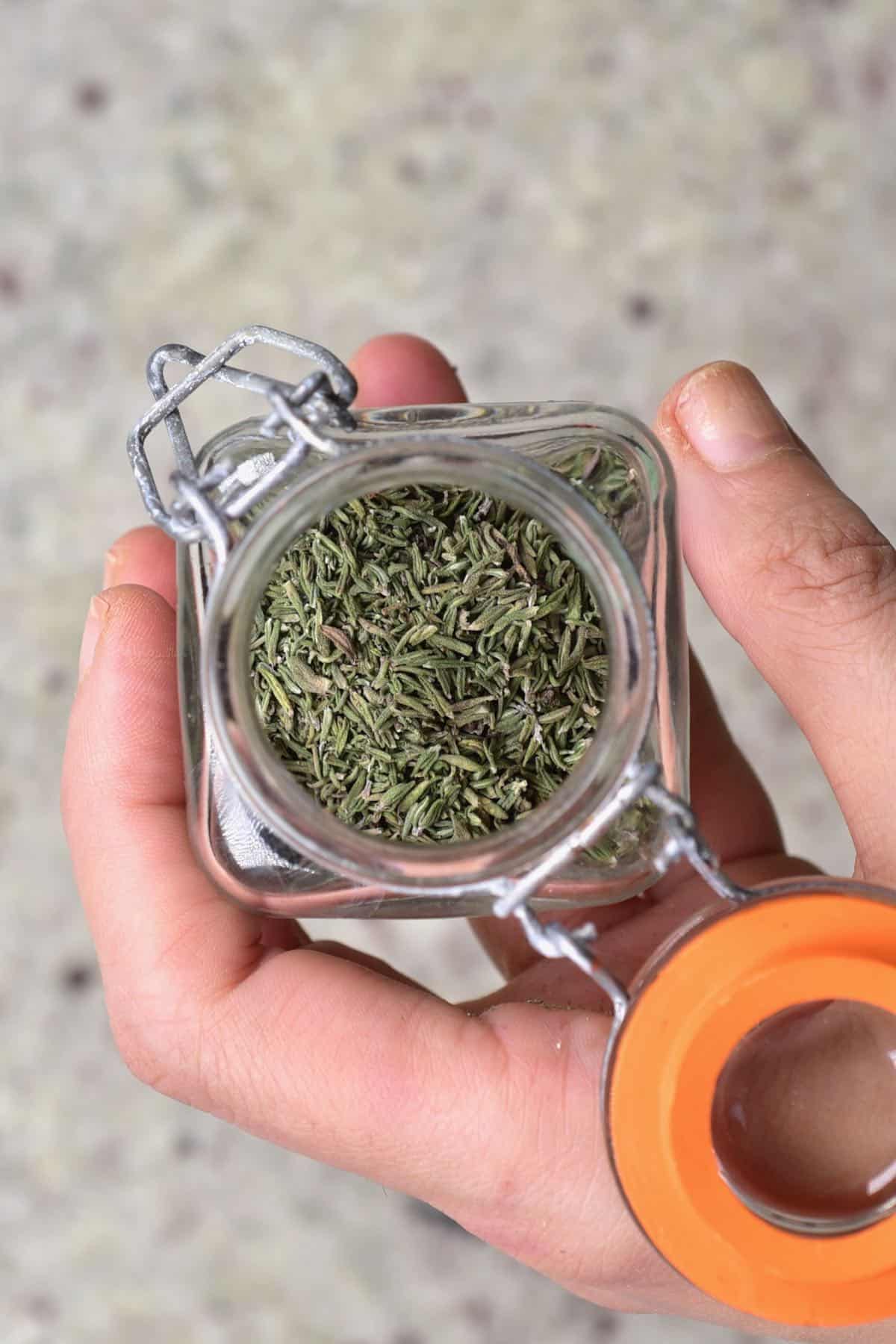
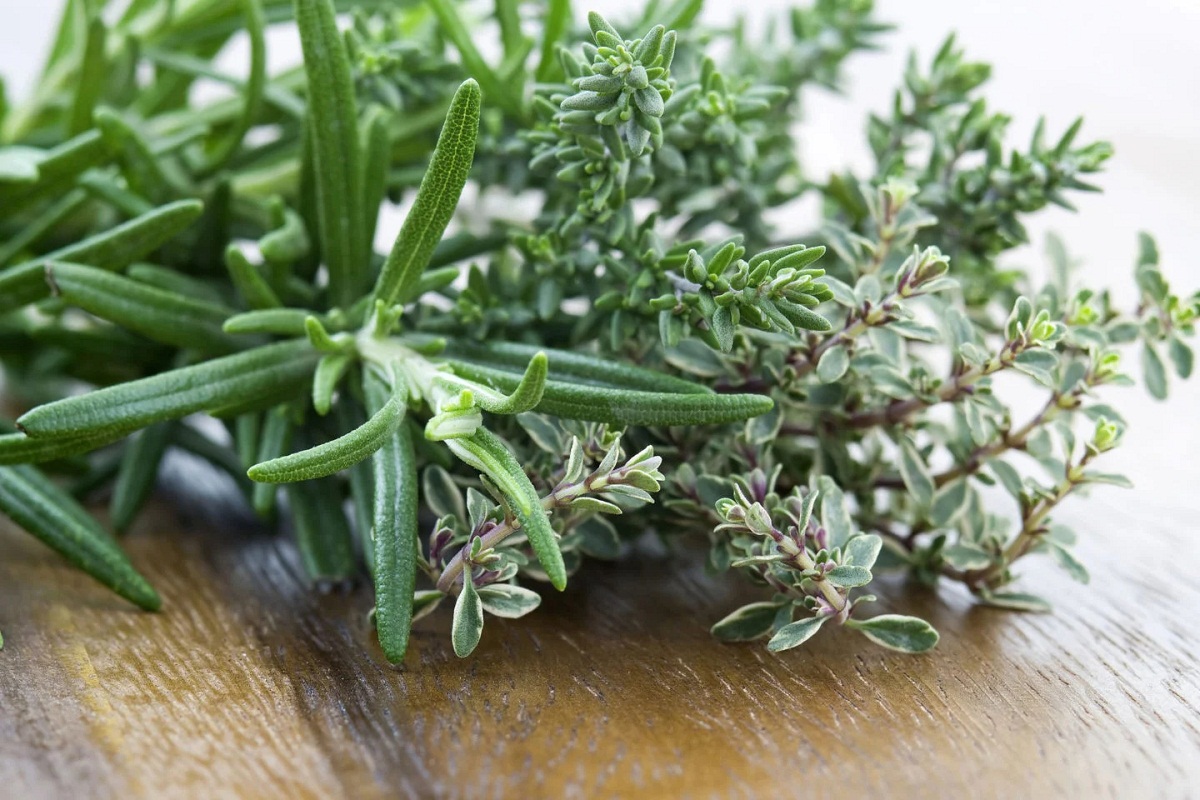
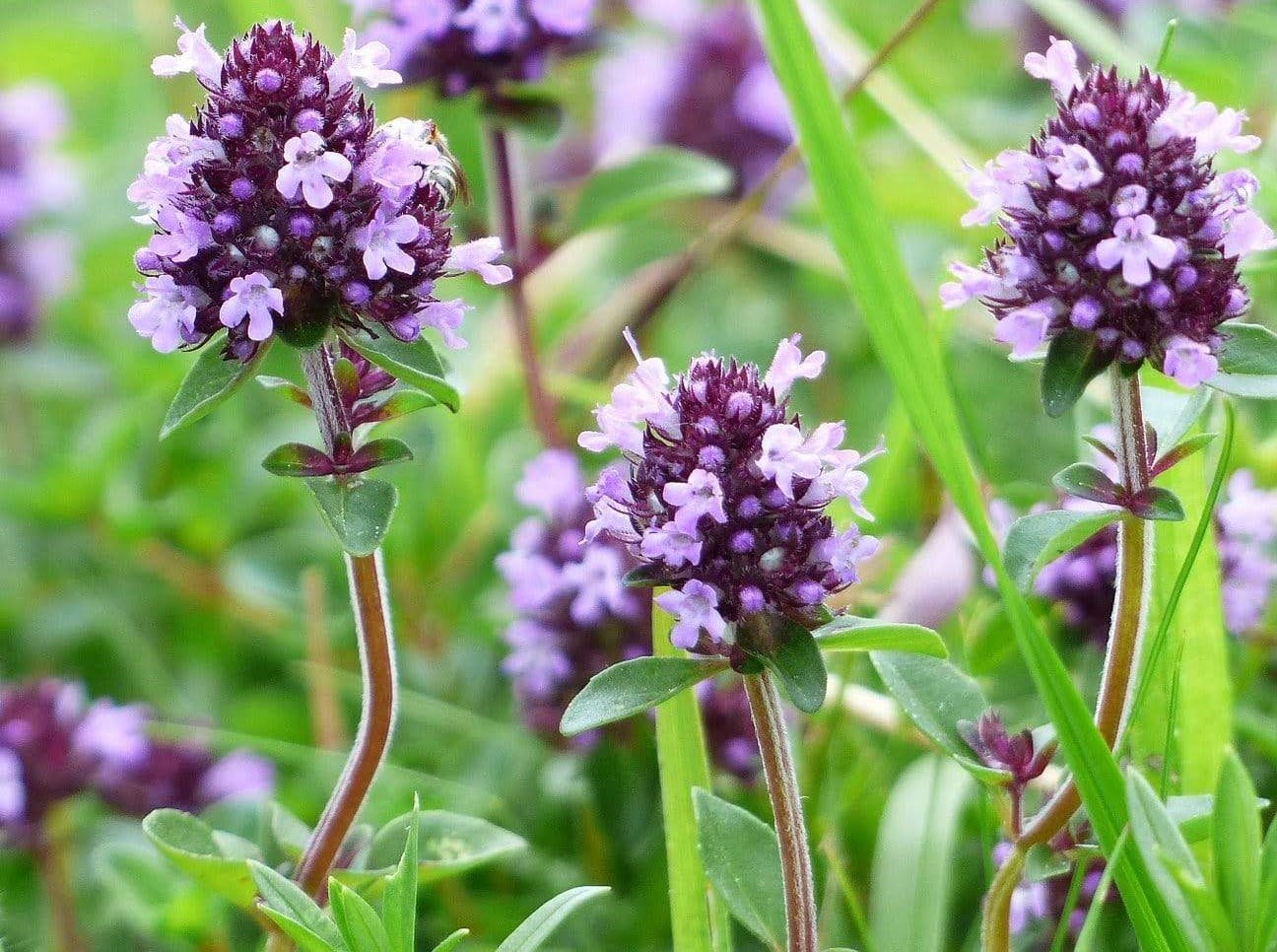


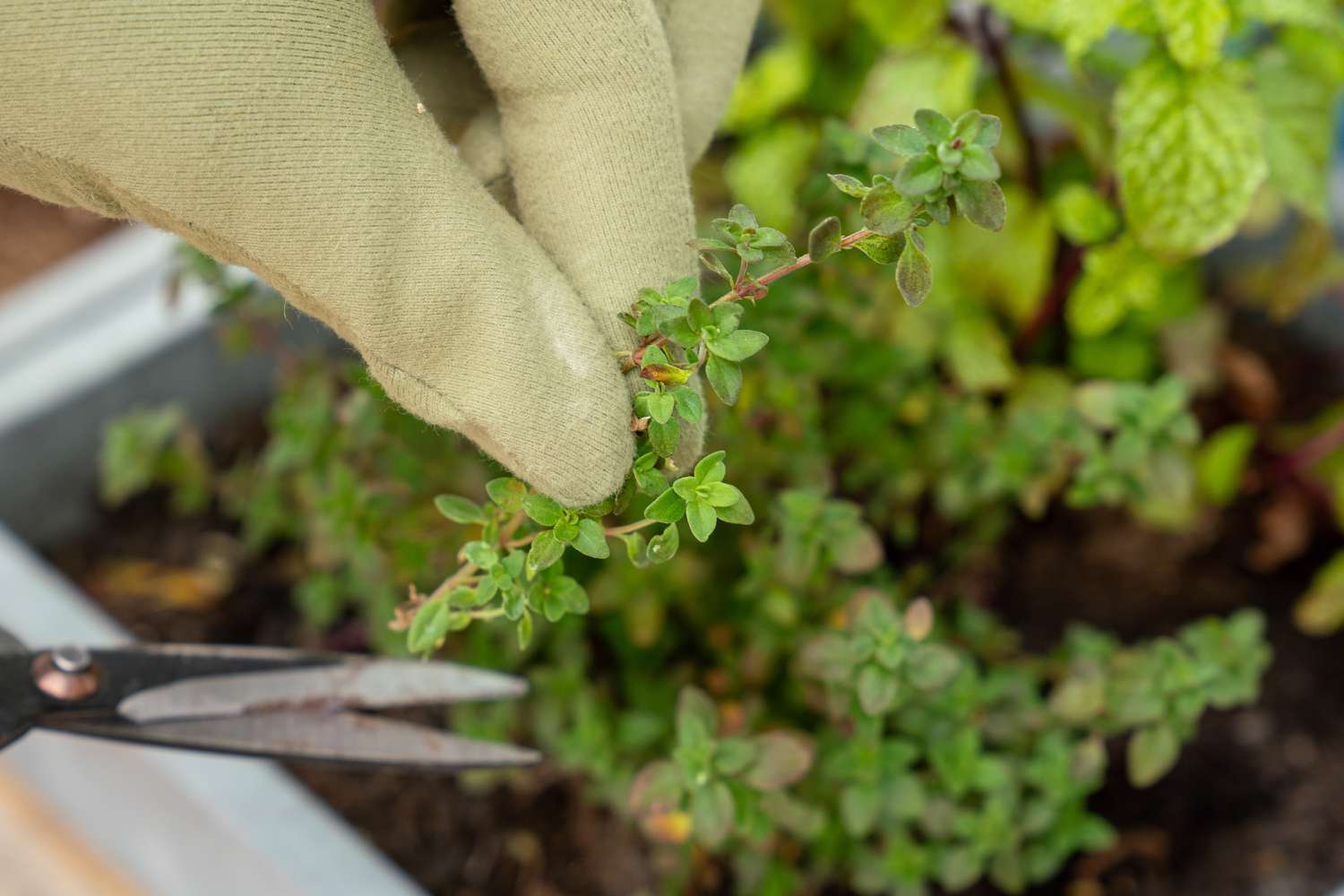
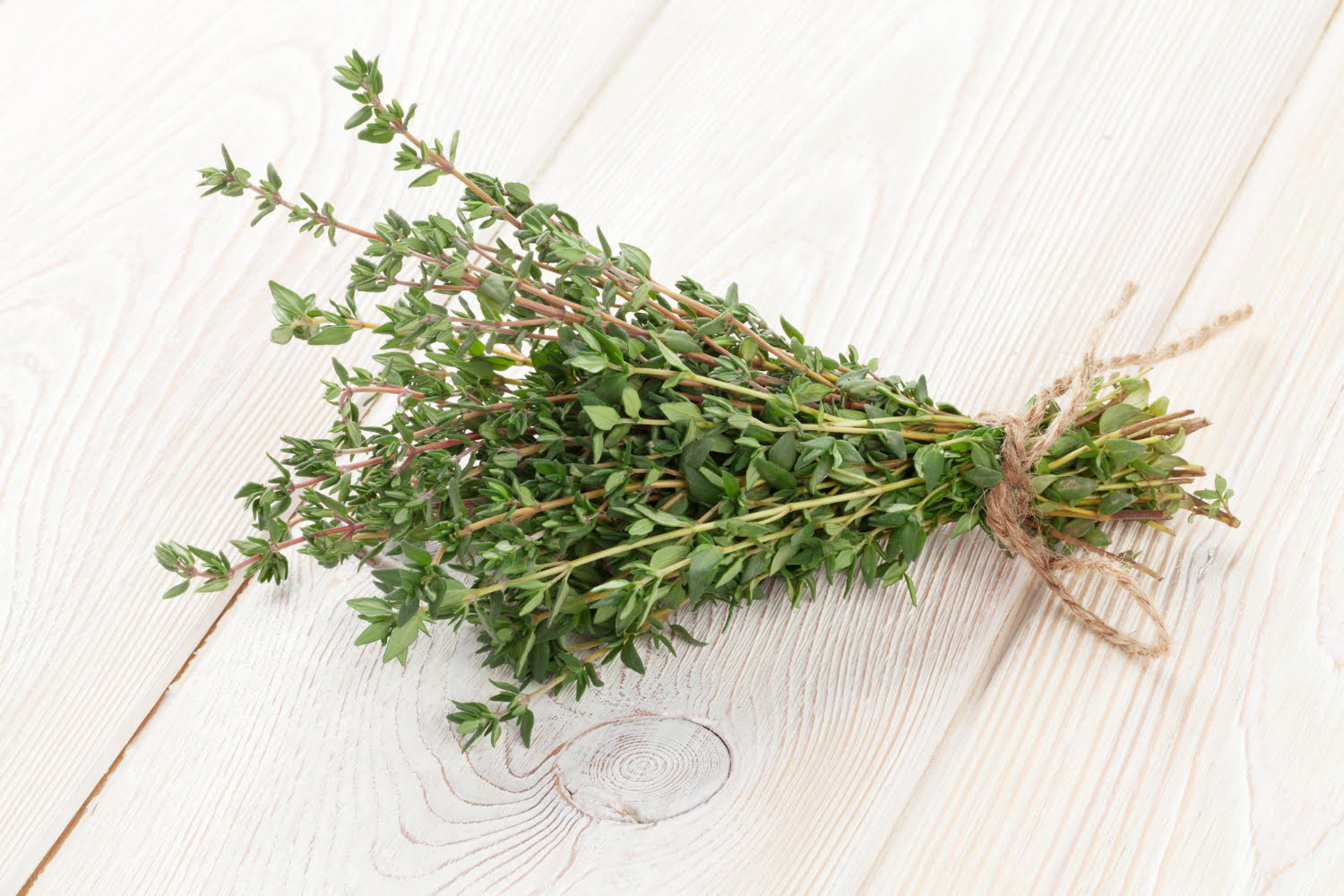

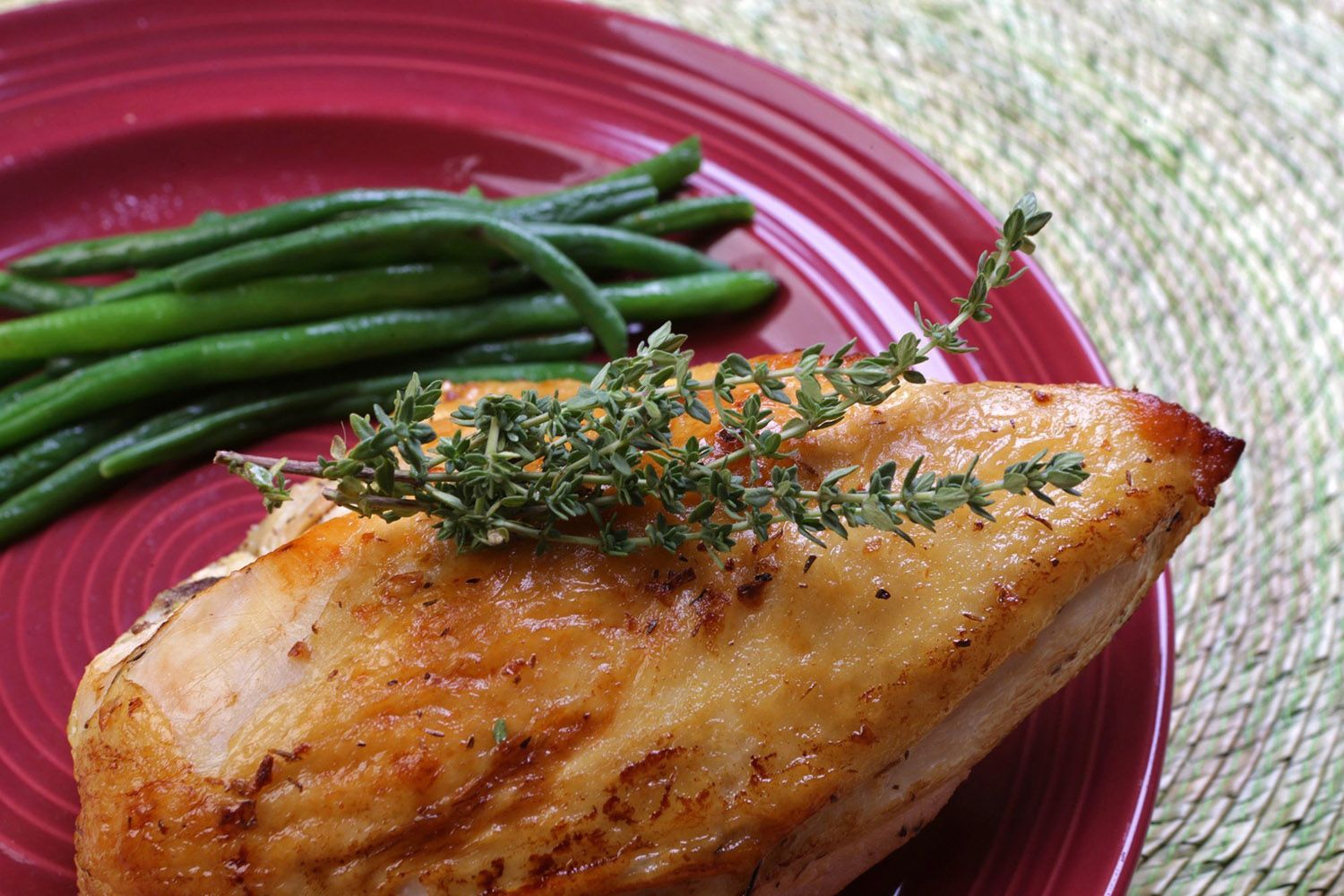

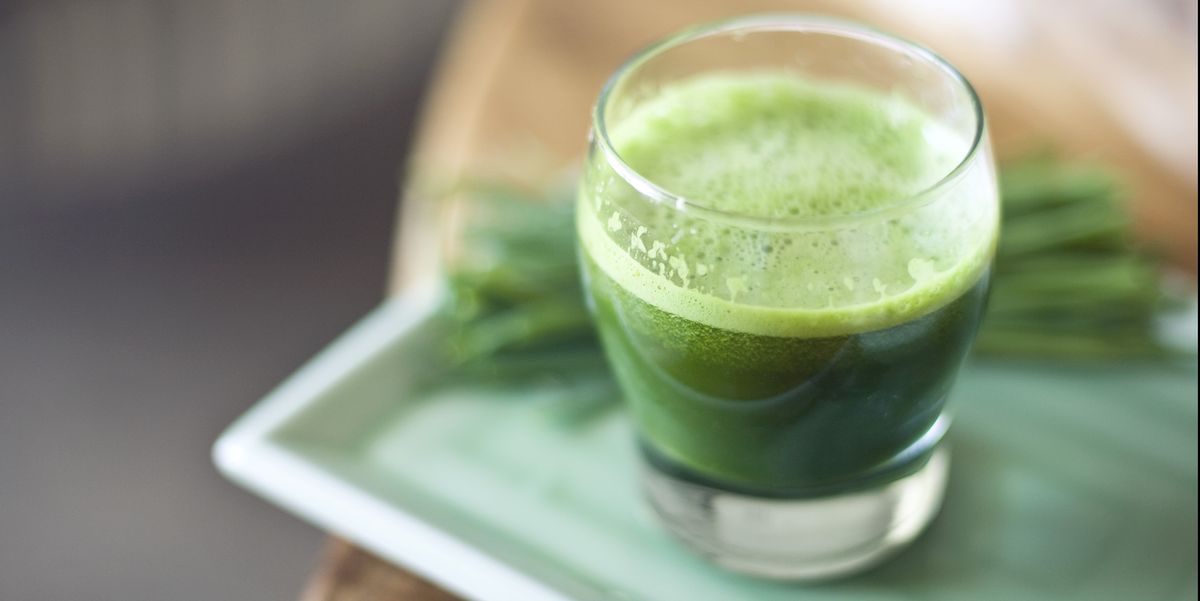
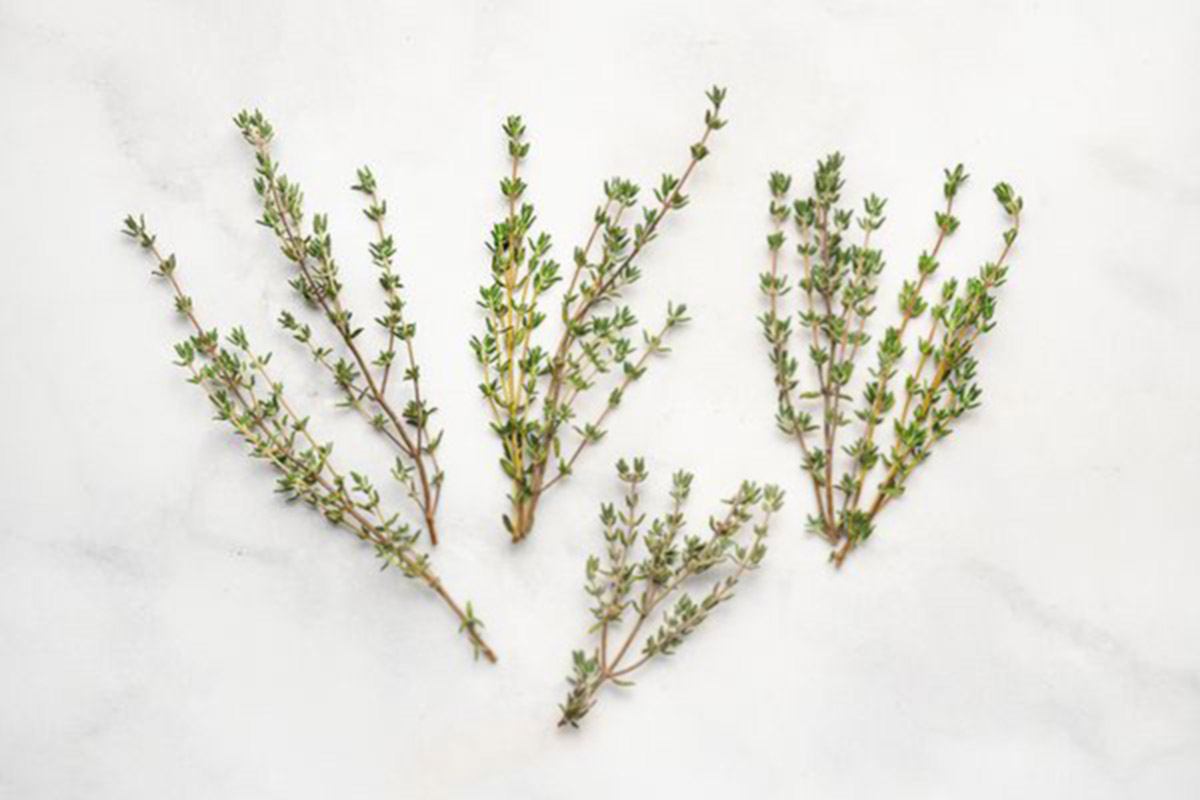
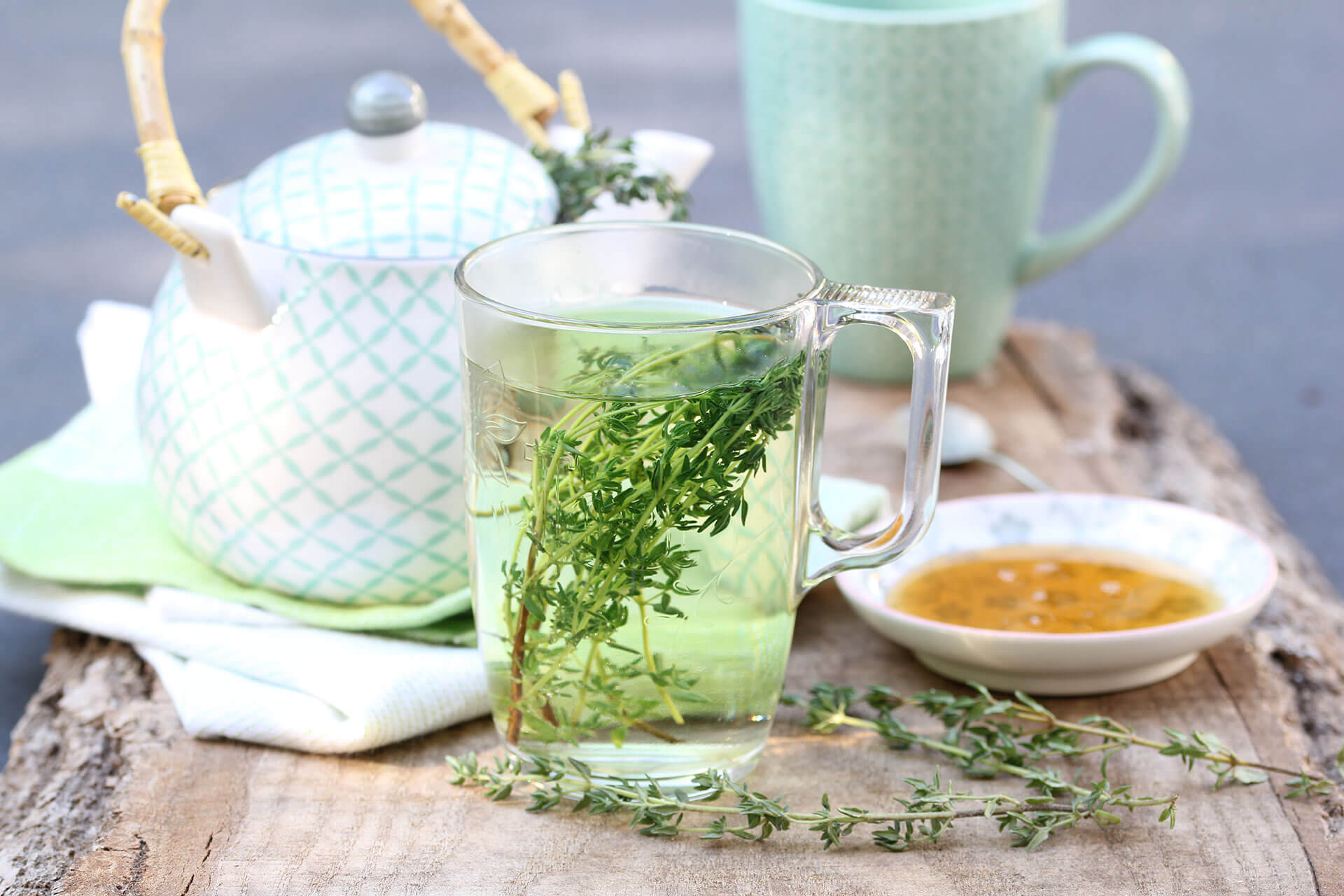

0 thoughts on “What To Do With Too Much Thyme”